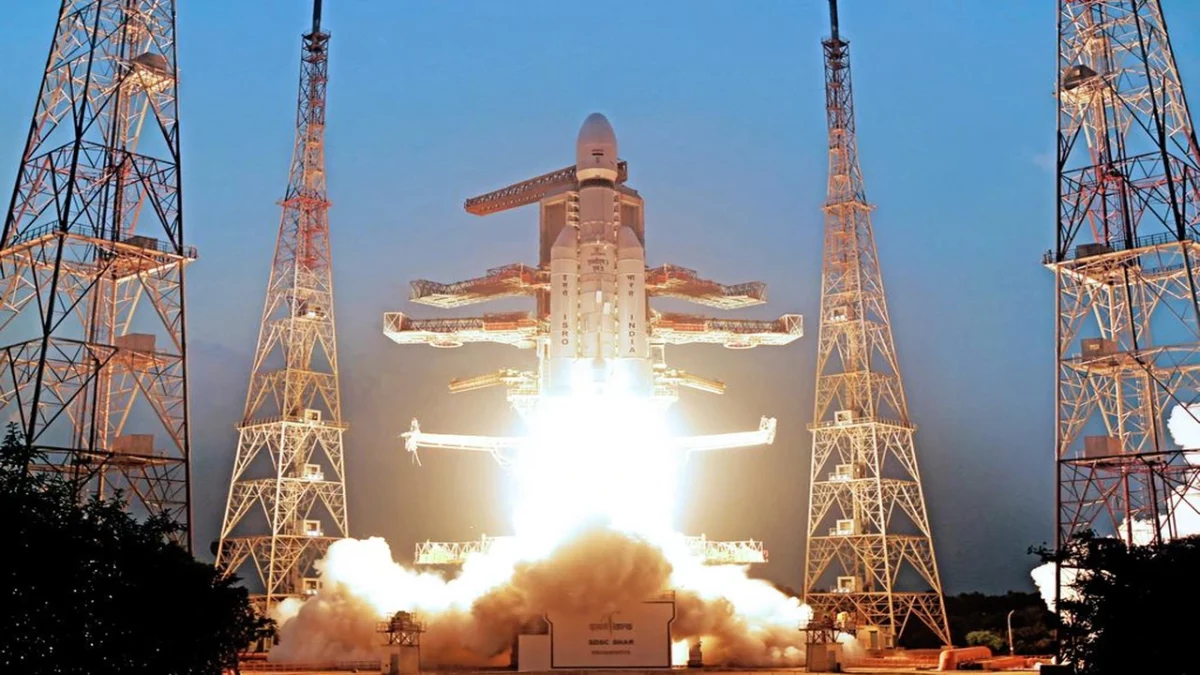In a major stride towards strengthening India’s naval communication capabilities, the Indian Space Research Organisation (ISRO) successfully launched its heaviest communication satellite yet — GSAT-7R (CMS03) — from the Satish Dhawan Space Centre, Sriharikota, on Sunday.
Weighing 4,410 kg, GSAT-7R was launched aboard the LVM3-M5 rocket, marking the fifth operational flight of India’s most powerful launch vehicle. The mission also featured a key technological milestone — a successful re-ignition of the cryogenic upper stage in orbit. About 16 minutes after liftoff, the launcher precisely placed the satellite into a sub-Geosynchronous Transfer Orbit (sub-GTO) with a perigee of 26,700 km.
Designed to replace GSAT-7 “Rukmini”, launched in 2013, GSAT-7R will serve as a dedicated communication lifeline for the Indian Navy, providing enhanced connectivity across the strategic Indian Ocean Region (IOR).
According to the Navy, the satellite integrates several indigenous technologies tailored to its operational needs. “GSAT-7R represents our determination to safeguard India’s maritime interests through advanced, self-reliant technology,” a Navy spokesperson stated.
The satellite’s advanced payload includes multi-band transponders supporting voice, data, and video links across UHF, S-band, C-band, and Ku-band frequencies. This will enable seamless and secure communication between ships, submarines, aircraft, and Maritime Operations Centres, significantly bolstering India’s network-centric warfare capabilities.
M. Sankaran, Director of UR Rao Satellite Centre, said the satellite incorporates a 1,200-litre propulsion tank and collapsible antenna systems, ensuring extended life and efficient deployment. “All systems are functioning normally, and the satellite is healthy,” he confirmed.
ISRO Chairman V. Narayanan lauded the team’s achievement, highlighting that the LVM3’s payload capacity was enhanced by 10% for this mission. “The satellite, designed for a 15-year operational life, carries several new technologies. Despite challenging weather conditions, our team delivered a flawless launch,” he said.
With this successful mission, ISRO not only reinforces India’s defence communication infrastructure but also demonstrates its growing capability to launch heavy satellites indigenously — a step further in India’s pursuit of strategic and technological self-reliance.













